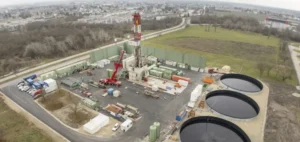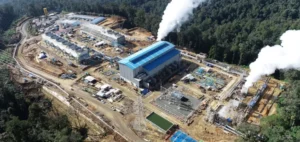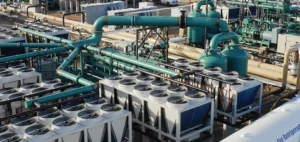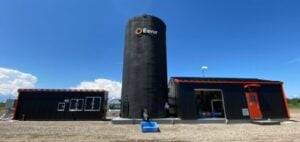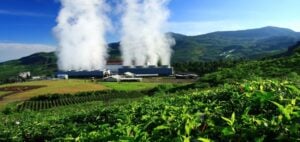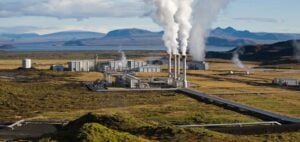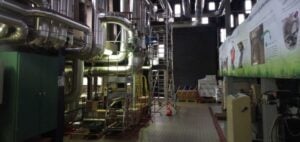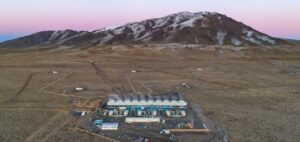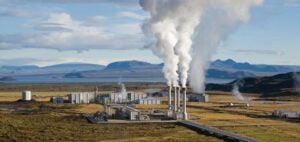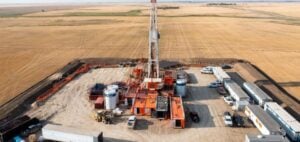Geothermal energy is emerging as a competitive and sustainable alternative in the European energy landscape. In Romania, Bihor County demonstrates how well-directed investments and focused management can transform a local resource into a strategic advantage, while adhering to economic imperatives.
Since Romania joined the European Union, Oradea and Beiuș, two municipalities in Bihor, have leveraged EU funds to strengthen their geothermal infrastructure. Over €45 million has been invested to modernize heating systems, with measurable results in cost efficiency and energy reliability.
Investments and Infrastructure: Key Figures
Oradea, the county’s main city, concentrates a significant portion of these funded projects. One of the latest initiatives, completed in 2024, required a €19 million investment, including €15 million in EU funds. This project includes an 11.2-kilometer geothermal network supplying more than 6,000 residential units. The infrastructure has improved thermal distribution while incorporating modern technologies, such as reinjection wells and building-scale heat modules.
Beiuș, meanwhile, has been utilizing geothermal energy since the 1990s. Today, the network covers about 1,600 apartments, 300 individual houses, and several public buildings. Efforts to maintain competitive costs have proven successful: despite a slight increase this winter, heating costs remain under €32 per megawatt-hour (MWh). By comparison, cities like Timișoara, dependent on gas and coal, report significantly higher costs exceeding €61 per MWh.
A Strategic Lever to Reduce Costs
The strategic choices made in Oradea and Beiuș highlight the importance of prudent management of geothermal resources. Adopting a model based on the extraction and reinjection of geothermal water ensures sustainable exploitation while minimizing long-term operational costs.
Moreover, these investments translate into tangible economic gains for local communities. The ability to maintain competitive heating tariffs represents a major economic advantage in a European context marked by fossil fuel price volatility.
The European Union’s role in this process is critical. The allocated subsidies not only cover development costs but also provide access to international expertise. In Beiuș, for example, the ongoing project with the Icelandic National Energy Authority integrates 3D modeling technologies for geothermal reservoirs, enhancing precision in exploitation forecasts.
Development Perspectives and Economic Impact
To sustain these efforts, feasibility studies are underway in Beiuș and Oradea, particularly to optimize distribution systems and evaluate the potential of heat pumps for large consumers. These initiatives, funded by Innovation Norway, aim to structure future investment cycles.
Strategically, local authorities are also seeking to integrate geothermal projects into European diversification initiatives. The recent proposal by Dan Jørgensen, European Commissioner for Energy and Housing, to establish a dedicated geothermal strategy could open new opportunities for funding and partnerships.
A Model Adaptable to Other Regions
Bihor’s experience demonstrates that geothermal energy can be much more than an alternative energy source: it is a viable economic solution in markets where energy costs weigh heavily on public and private budgets. However, the success of such projects relies on a combination of solid funding, technical expertise, and effective governance.
By positioning itself as a leader in these areas, Bihor County provides a concrete example of the impact strategic choices can have in the energy sector, without resorting to speculative or unverified promises.




